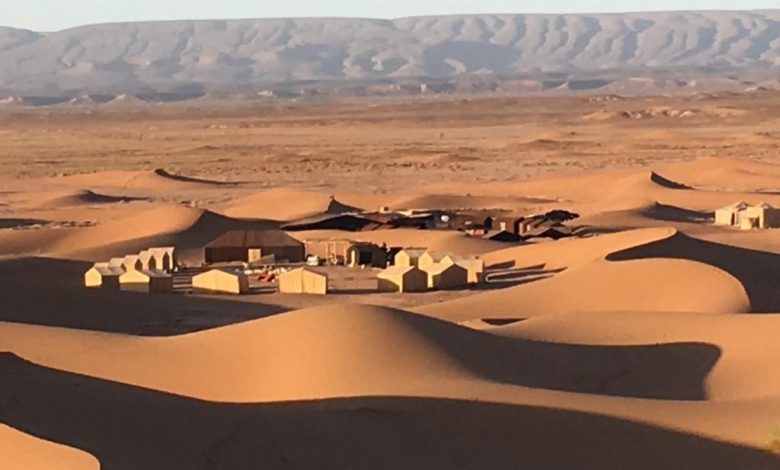The Sahara pump theory

Lake Chad is the remnant of a former inland sea, paleolake Mega-Chad, which existed during the African humid period. At its largest extent,
sometime before 5000 BC, Lake Mega-Chad was the largest of four Saharan paleolakes, and is estimated to have covered an area of 350,000 km2.[33]
The Sahara pump theory describes this cycle. During periods of a wet or “Green Sahara”, the Sahara becomes a savanna grassland and various
flora and fauna become more common. Following inter-pluvial arid periods, the Sahara area then reverts to desert conditions and the flora and fauna are forced to retreat northwards to the Atlas Mountains, southwards into West Africa, or eastwards
into the Nile Valley. This separates populations of some of the species in areas with different climates, forcing them to adapt, possibly giving rise to allopatric speciation.
It is also proposed that humans accelerated the drying out period from 6,000 to 2,500 BCE by pastoralists overgrazing available grassland.[34]
